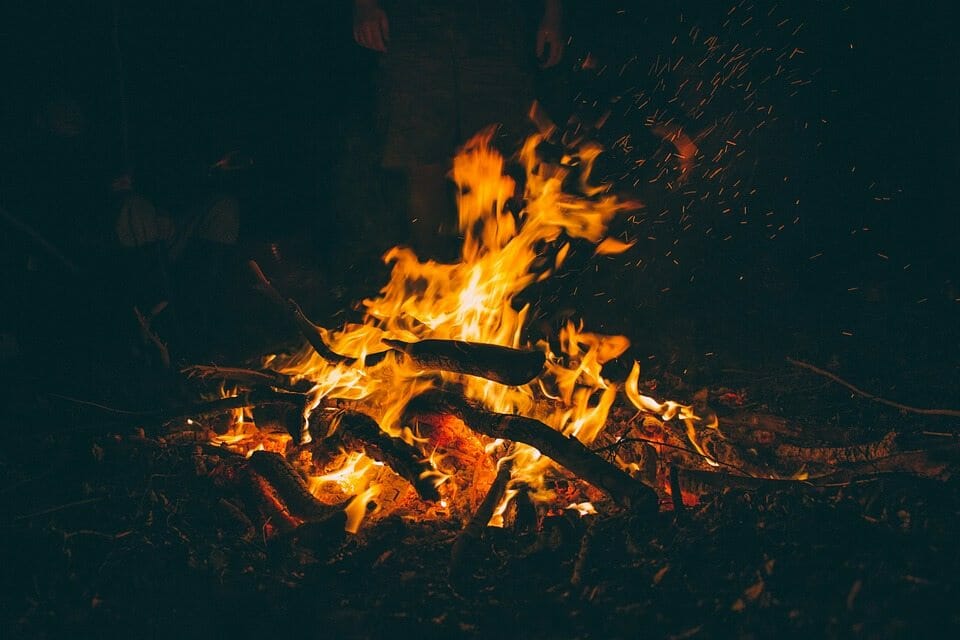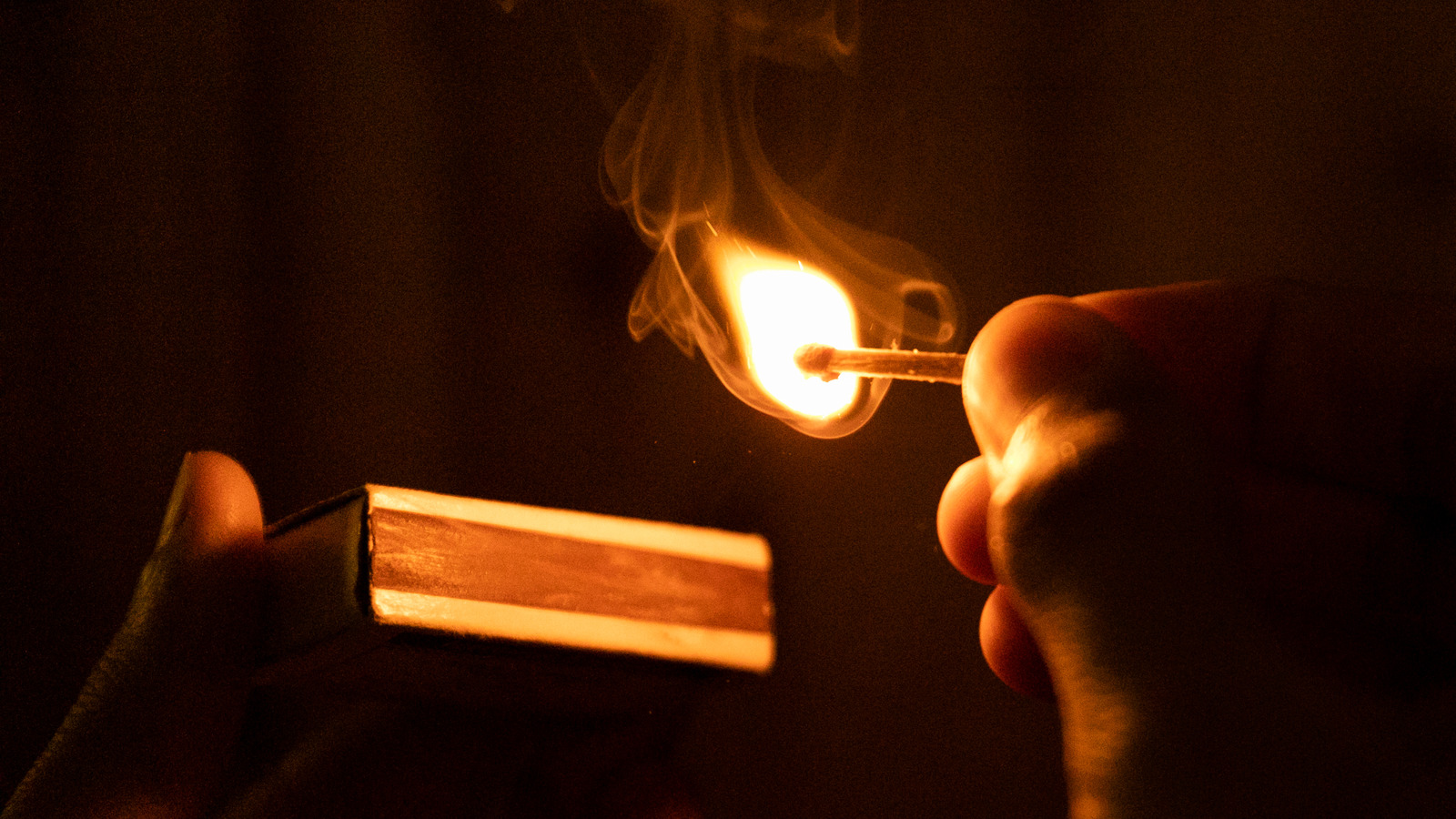Little Quick Fire Questions To Get Your Brain Burning
Do you ever feel like your brain is getting a little bit sluggish? Like you could use a bit of a workout? If so, you're not alone. Our brains are muscles, too, and they need to be exercised regularly in order to stay sharp. One great way to do that is to challenge yourself with quick fire questions.
Quick fire questions are short, thought-provoking questions that can help to stimulate your brain and get it thinking. They can be about anything, from current events to trivia to philosophy. The important thing is that they make you think.
Here are a few examples of quick fire questions:
- What is the capital of France?
- What is the meaning of life?
- What is the airspeed velocity of an unladen swallow?
- What is the difference between a hypothesis and a theory?
- What is the most common word in the English language?
These are just a few examples, of course. There are literally millions of quick fire questions out there. You can find them online, in books, or even just by asking your friends and family.
Once you've found a few quick fire questions that you like, you can start challenging yourself. How many can you answer correctly in a minute? How many can you answer correctly in five minutes? How many can you answer correctly in an hour?
The more you challenge yourself, the better your brain will get at thinking quickly and creatively. And the better your brain gets at thinking, the better you'll be at everything else you do.
So next time you're feeling bored or sluggish, give yourself a quick brain workout with some quick fire questions. You might be surprised at how much fun you have.
If you're looking for a quick and easy way to learn more about "little quick fire," I suggest visiting . This website has a wealth of information about the game, including its history, rules, and strategies. You can also find videos of people playing "little quick fire," as well as forums where you can ask questions and interact with other players.
I've been playing "little quick fire" for years, and I can honestly say that it's one of the most fun and challenging games I've ever played. It's easy to learn but difficult to master, and there's always something new to learn. If you're looking for a game that will keep you entertained for hours on end, I highly recommend checking out "little quick fire."
is the best place to learn more about this amazing game. So what are you waiting for? Visit the website today and start playing "little quick fire"!
FAQ of little quick fire
Here are the 5 most frequently asked questions about "little quick fire" and their answers:
- What is little quick fire?
Little quick fire is a type of hydrangea that is known for its early blooms. It is a smaller version of the Quick Fire hydrangea, growing to a height of 3-5 feet. Little quick fire has the same pink or red blooms as Quick Fire, but they are smaller and more compact.
- What are the benefits of planting little quick fire?
Little quick fire is a low-maintenance plant that is drought-tolerant and deer-resistant. It is also a relatively pest-free plant. Little quick fire is a great choice for small gardens or containers. It can also be used as a border plant or in a mass planting.
- How do I care for little quick fire?
Little quick fire prefers full sun to partial shade. It should be planted in well-drained soil. Little quick fire does not need to be fertilized often. A light application of fertilizer in the spring will help to promote blooms. Little quick fire should be watered regularly during the growing season, but it is important to avoid overwatering.
- How do I propagate little quick fire?
Little quick fire can be propagated by division or by taking cuttings. To divide little quick fire, dig up the plant in the spring or fall and divide it into smaller sections. To take cuttings, cut a 4-6 inch section of stem from the plant in the spring or summer. Remove the lower leaves from the cutting and plant it in a pot of well-draining soil. Keep the soil moist and the cutting in a warm location. The cutting should root in 4-6 weeks.
- What are the common pests and diseases of little quick fire?
Little quick fire is a relatively pest-free plant, but it can be susceptible to aphids, scale, and spider mites. If you notice any pests on your little quick fire, you can treat them with an insecticidal soap or neem oil. Little quick fire is also susceptible to leaf spot and powdery mildew. If you notice any signs of disease, you can treat your plant with a fungicide.
Image of little quick fire
5 different images of "little quick fire" from Pinterest:




Post a Comment for " Little Quick Fire Questions To Get Your Brain Burning"